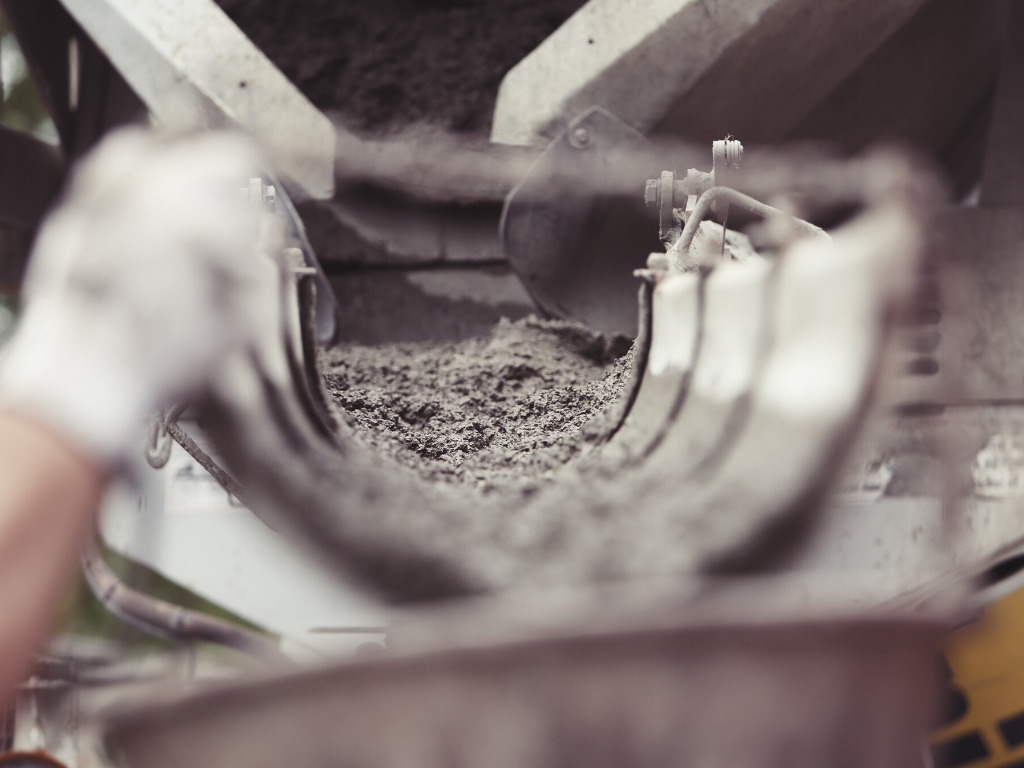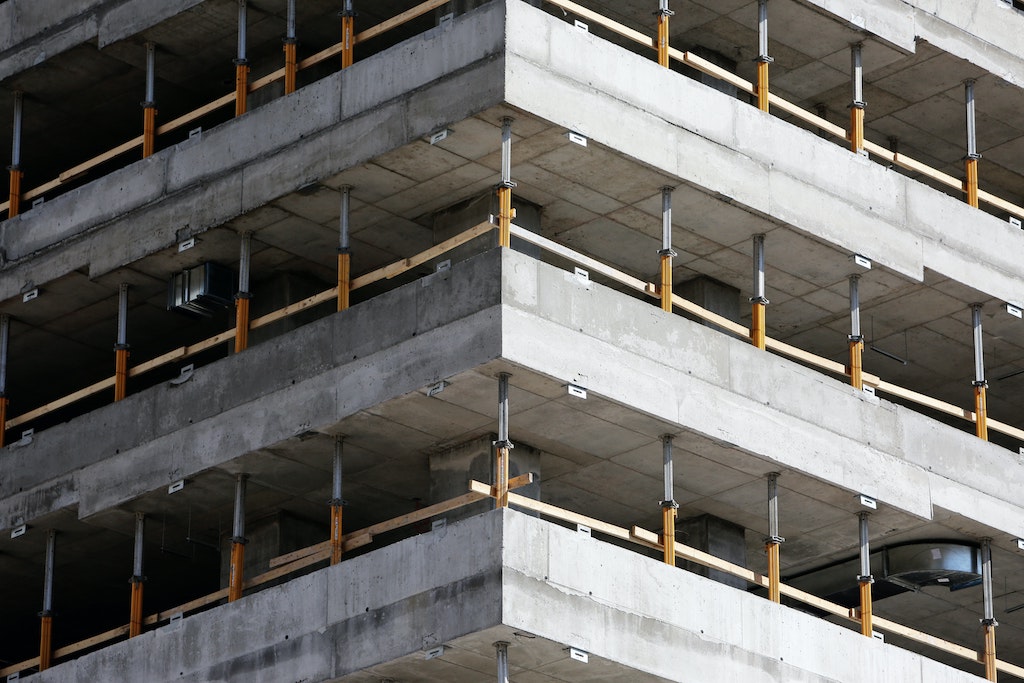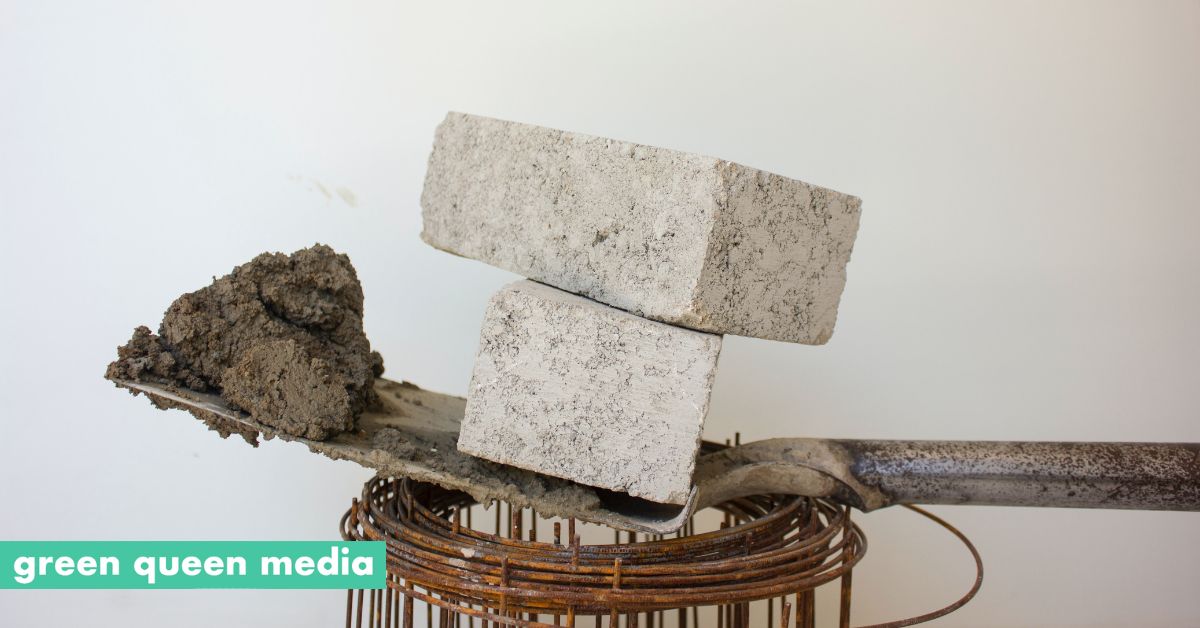This Carbon Negative Cement Reduces Emissions and Costs Less Than Conventional
3 Mins Read
In the fight against climate change, a new approach to cement is key. Brimstone says its concrete is carbon-negative.
Concrete’s carbon footprint is not insignificant. Every year, more than four billion tonnes of cement are used to make concrete — the most widely used building material — producing more than 2.5 billion tonnes of CO2 or about eight percent of all global emissions.
Oakland, California-based Brimstone says it’s creating Ordinary Portland Cement that’s chemically and physically identical to conventionally manufactured cement — just without releasing CO2.
Carbon-negative cement
“We can transform the cement industry from climate problem to climate solution,” the company says on its website. Brimstone says if cement were a country, it would be the third largest producer of greenhouse gas emissions in the world.
“We’re here to change this with our breakthrough process that makes carbon-negative cement. It’s the exact same material builders have relied on for over a hundred years, now with a positive climate impact,” Brimstone says.

The company’s process involves sourcing lime from calcium silicate rocks instead of from limestone. Calcium silicate does not contain embedded CO2 that’s released during sourcing and production. Using calcium silicate also produces magnesium that absorbs CO2 as well, helping to make the process carbon negative. Conventional cement is notoriously energy intensive because of the high temperatures needed to turn limestone into cement, which releases high levels of CO2.
Brimstone says at scale, its cement can be produced below market prices, making it a viable option better for the planet and consumers.
“What sets Brimstone apart in the space is that we are building a new process to make Ordinary Portland Cement carbon-negative, which will be both lower cost and produce the exact same material trusted by builders for 150 years,” Cody Finke, Brimstone co-founder and CEO, said in a statement.
‘Miracle material’
“Not only has Brimstone figured out a way to eliminate the [CO2] emissions in [the cement manufacturing] process – [its] innovation creates an opportunity where our built environment could be a net sink for carbon,” says Carmichael Roberts of Breakthrough Energy Ventures, which led Brimstone’s $55 million Series A funding round last year. Roberts calls cement “a miracle material” vital to the infrastructure of society and the economy.
“This means that the buildings and bridges that we build with carbon-negative Brimstone Portland Cement can be a part of the climate solution instead of the intractable liability they are today,” Roberts said.

“If the planet is to get to zero-carbon on any sort of meaningful timeline, we cannot get there unless we fix cement’s CO2 problem,” says Greg Smithies, Fifth Wall partner and co-lead of the Climate Tech Investment team. “Brimstone is the only company in the world that can make cost-competitive zero-carbon cement. It’s truly a game-changer.“
“Brimstone has discovered how to produce carbon-negative Ordinary Portland Cement—by far and away the most common kind of cement, used in concrete worldwide, but today is responsible for around 7.5 percent of greenhouse emissions,” said Rachel Slaybaugh, a Principal at DCVC. “We’re excited to continue to back the company as it scales this cost-effective Deep Tech breakthrough that can prevent gigatons of emissions annually.”




